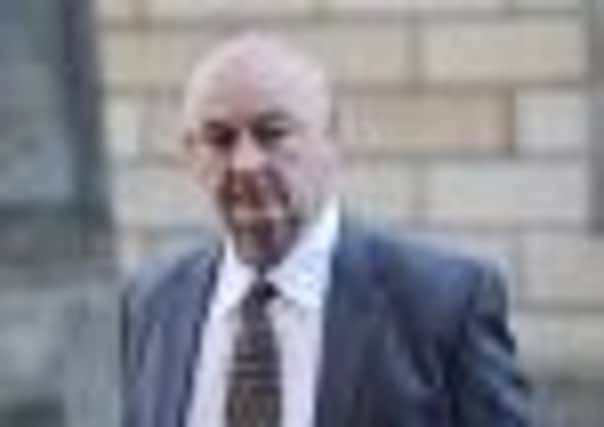Accused’s account of legal official’s attack branded ‘nonsense’


The Crown claims that DNA evidence shows Robert Graham to be the man who attacked Leslie Cumming, when he was deputy chief executive of the Law Society of Scotland, in a lane at the rear of his house in Murrayfield, Edinburgh, on 23 January, 2006.
Yesterday Graham’s QC condemned the crucial scientific report as “nothing short of a shameful disgrace”. Graham, 46, denies attempted murder.
Advertisement
Hide AdAdvertisement
Hide AdThe comments came during closing speeches at the High Court in Edinburgh, where the jury will be asked today to deliver a verdict.
In evidence, Graham said he had witnessed the attack by another man, and that he intervened and “stopped him getting a bigger hiding than he got”.
Prosecutor Lesley Thomson QC, the Solicitor-General for Scotland, said jurors could regard Graham’s account as utter nonsense.
“I submit that when Robert Graham gave his evidence, he told lies ... with the aim of escaping a guilty verdict,” she added.
Ms Thomson said the main plank of the Crown’s case was that Graham’s DNA had been found under Mr Cumming’s fingernails and on his jacket sleeve.
“While no-one saw Robert Graham’s face and is able to identify him … there is compelling evidence of a scientific nature to bring the crime home to him … [it] should leave you in no doubt as to his responsibility for carrying out the attack,” said Ms Thomson.
She submitted that the DNA evidence did what Mr Cumming was unable to do: tell the jury who had been under the balaclava worn by the assailant who had struck in the dark without speaking a word.
“In that silent, effective, quick, vicious attack, my submission is that Robert Graham left behind a lasting impression … better than visual identification … he left behind part of himself, his DNA.”
Advertisement
Hide AdAdvertisement
Hide AdThe trial has heard that Graham was extradited from Australia last year, and Ms Thomson suggested: “He may have gone all the way to Australia but he was brought back by what his own body left behind.”
The defence counsel, Mhairi Richards QC, argued that forensic scientists in the case had not looked at matters entirely independently, but had tried to fit what they had to the police scenario of what had happened.
“Their report is nothing short of a shameful disgrace … much in it elides the facts and suits the case,” said Mrs Richards.
“There has been an incredible amount of sloppy work in relation to the forensic analysis. Be wary of the science in this case,” she urged the jurors.
Mrs Richards recalled Mr Cumming’s account that, towards the end of the attack, he was on his knees and the person had been pounding his exposed back in a “tattoo of blows”.
She continued: “This is a time when somebody would not be likely to pay attention to whether or not they are shedding skin cells or the like. In the report, there is no DNA there [on the back of Mr Cumming’s jacket] of Robert Graham. The finding of DNA [around the nails and on the sleeve of the jacket] is entirely consistent with the account Robert Graham gave to you.”
While Mr Cumming had insisted that only one person had been present, he could have made an honest mistake, Mrs Richards said.
“In the dark and with blood pouring into his eyes, he was dazed, shocked and on his knees, and it gives every opportunity for someone else to appear and for him to simply believe only one individual was there.”